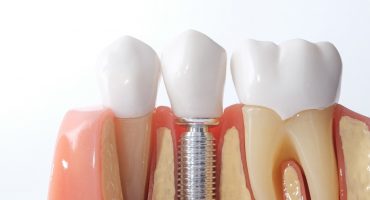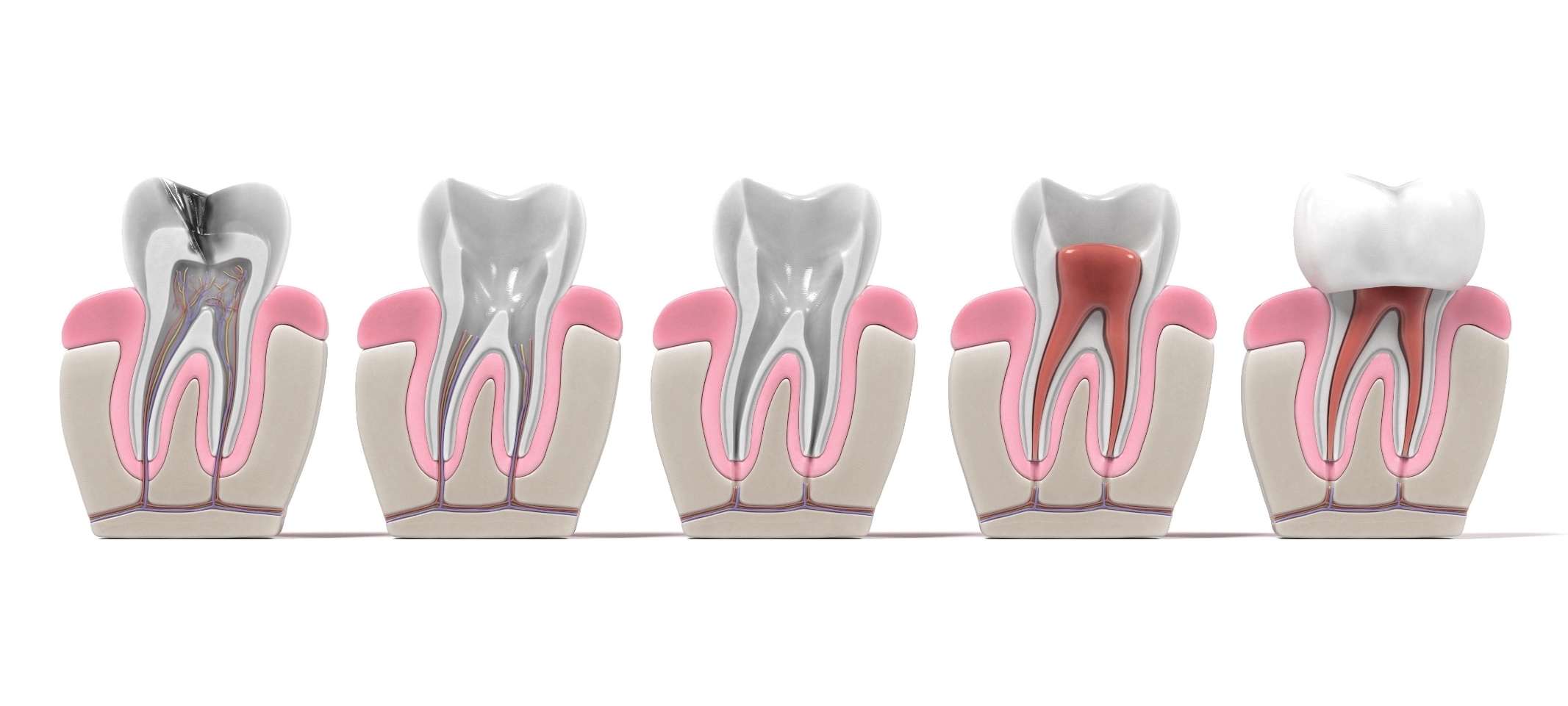Endodontics, also referred to as endodontics, is a branch of dentistry, which deals primarily with the inner part of the tooth, also known as the pulp, as well as the tooth root. The most important treatment method of endodontology is root canal treatment including root tip resection.
What is Endodontics?
Endodontics Aims to preserve the natural (own) tooth. Therefore, the main interest of endodontics is not only the treatment of the tooth itself, but also of the periodontium, which holds in the form of small ligaments the tooth in his tooth inside the jawbone. Tooth preservation has priority today and the performance of endodontics has made tremendous progress.
Which diseases are treated by endodontists?
As the cause of inflammation of the tooth interior, the pulp, come mainly carries, accidents and dental treatments with subsequent infection of the pulp in question. Since the tooth nerve and the tooth interior can be protected only to a very limited extent by the immune system, heal inflammation in the pulp area themselves rarely again.
Root Canal treatment can remove the inflamed pulp and preserve the tooth in over 70% of cases over the long term. The alternative would be in the majority of cases, only the tooth extraction, which would ultimately the complete loss of the affected tooth mean.
Treatment methods in endodontology
According to today's dental standard, root canal treatment is the last option to obtain a tooth. This is a highly complex procedure in which the root canal is cleaned with the help of special instruments and the tooth is accordingly "de-marketed". The tooth is dead after the root canal treatment, as along with the inflamed material also the nerve and the supplying blood vessels were removed. The procedure is carried out with the aid of a microscopic camera and X-ray images.
If the root canal treatment does not completely eliminate the inflammatory focus or pain, further surgical intervention, tooth root resection or apicectomy may be necessary. The endodontist opens the gums over a small incision above the tooth to get a clear field of vision on the jawbone. Then the bone is exposed to dissect out the root tip.
The resulting hole between tooth root and jawbone can ideally be filled with bone substitute material, which improves the stability of the treated tooth after the procedure. Failing this augmentation of the lost bone material, the tooth threatens to loosen over the following years and fail, since the bone further degrades at the missing contact point to tooth. In addition, it would not be necessary to repair the bone material in a second operation until the implants have been implanted, otherwise the implant pin would not hold. Your dentist (endodontist) is sure to give you comprehensive advice.
Advantages of the natural tooth over the implant
Despite dental advances in our time, the implant is still not a natural tooth. It is a rigid, embedded in the bone structure, which can not adapt to the chewing loads individually. Also, a reaction to the movements of the opposite tooth during chewing movements is not possible or only to a very limited extent.
The natural tooth, however, hangs loose in the tooth compartment. The so-called periodontal apparatus is designed in a similar way to a bundle of elastic bands that allow the tooth to move in an evasively easier way in the tooth compartment. The tensile and compressive stresses are thereby passed from the tooth to the surrounding jawbone and relieve the tooth substance with it. In addition, this serves as an important signal for bone remodeling in adaptation to the individual chewing behavior. Thus, it is certainly well understood why the ultimate goal of endodontics (endodontics) is the preservation of the natural tooth.
Weitere Beiträge

Implantology
Tooth loss can affect patients of all ages. Triggers may be, for example, accidents, tooth decay, periodontitis and tumors. The loss of teeth usually leads to severe limitations in the affected person in terms of functionality and appearance. Modern implantology provides a wide range of individual options for reliably eliminating the limitations and restoring functionality and aesthetics.



